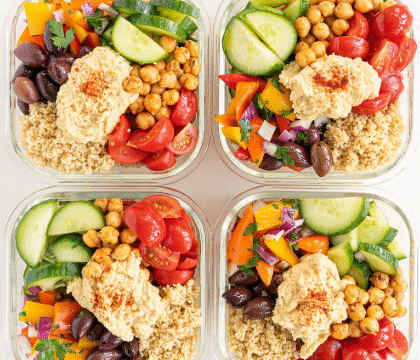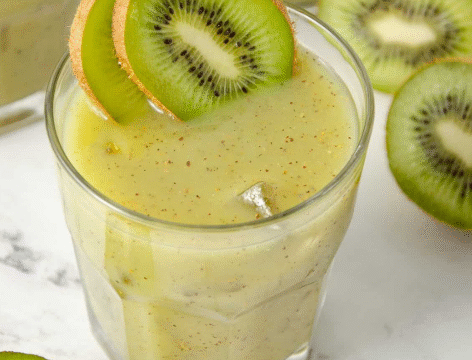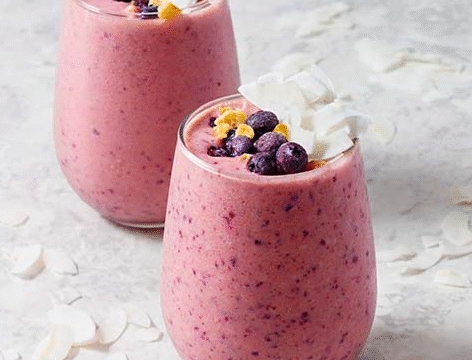Hummus has become a beloved staple in kitchens around the world, celebrated for its creamy texture, rich flavor, and versatility.
Originally a traditional Middle Eastern dish, hummus is made primarily from chickpeas, tahini, lemon juice, and garlic.
Making it at home allows you to enjoy a fresh, flavorful version without preservatives or unnecessary additives found in store-bought options.
It’s perfect as a dip, spread, or snack, and it can be easily customized to suit your taste.
Why Make Hummus at Home
Homemade hummus has several advantages. First, it allows you to control the ingredients, ensuring a natural, wholesome result. Store-bought hummus can sometimes contain extra oils, stabilizers, or preservatives to extend shelf life. Second, it can be tailored to your preferred flavor and texture, whether you like it extra smooth, zesty, garlicky, or subtly spiced. Third, making hummus at home can be a cost-effective choice, as dried chickpeas or canned chickpeas are inexpensive compared to pre-packaged versions.
Basic Ingredients for Classic Hummus
To prepare a traditional hummus, you need just a few simple ingredients:
-
1 can (15 ounces) of chickpeas, drained and rinsed, or about 1½ cups cooked chickpeas
-
¼ cup tahini (sesame seed paste)
-
3 tablespoons fresh lemon juice
-
2 cloves garlic, minced
-
2–3 tablespoons olive oil
-
½ teaspoon ground cumin (optional)
-
Salt to taste
-
2–3 tablespoons cold water, as needed for consistency
These ingredients combine to create a smooth, creamy dip that is rich in flavor and texture. Each component plays a role: chickpeas provide body and protein, tahini adds nuttiness, lemon juice contributes brightness, and garlic gives a mild pungency that balances the flavors. Olive oil and water help achieve the perfect consistency.
Step-by-Step Instructions
-
Prepare the Chickpeas – If using canned chickpeas, drain and rinse them thoroughly. If cooking dried chickpeas, soak them overnight and boil until tender. Cooking your own chickpeas can give an even creamier texture.
-
Combine Ingredients – In a food processor or high-powered blender, add the chickpeas, tahini, lemon juice, garlic, cumin (if using), and salt.
-
Blend Until Smooth – Pulse the mixture until it starts to combine. While blending, slowly add olive oil and cold water until the hummus reaches your desired creaminess. The amount of water may vary depending on the texture you prefer.
-
Taste and Adjust – Taste the hummus and adjust the seasoning with additional salt, lemon juice, or garlic as needed. You can also add more tahini for a richer flavor or a little extra olive oil for silkiness.
-
Serve or Store – Transfer the hummus to a serving bowl and drizzle a little olive oil on top. Garnish with paprika, fresh parsley, or toasted pine nuts if desired. Store leftovers in an airtight container in the refrigerator for up to one week.
Tips for Creamier Hummus
-
Peel the Chickpeas – Removing the outer skins of the chickpeas before blending can make hummus extra smooth. While optional, it can create a noticeable difference in texture.
-
Use Cold Water or Ice Cubes – Adding a small amount of ice-cold water while blending can help create a fluffier consistency.
-
Blend Longer – The longer you blend, the smoother and creamier the hummus will become. Be patient for the best results.
-
Balance Flavors – Adjusting the lemon juice, garlic, and salt at the end ensures the flavor is bright and balanced.
Variations to Try
Homemade hummus is highly versatile. You can create numerous variations to suit your taste:
-
Roasted Red Pepper Hummus – Add roasted red peppers for a sweet, smoky flavor.
-
Spicy Hummus – Blend in cayenne pepper, smoked paprika, or fresh chili for heat.
-
Herbed Hummus – Incorporate fresh herbs like cilantro, parsley, or basil for a fragrant twist.
-
Beet Hummus – Add roasted or steamed beets for a colorful, earthy version.
These variations allow you to experiment while keeping the base recipe simple and reliable.
Serving Ideas for Hummus
Hummus is incredibly versatile and can be served in many ways. Use it as a dip with fresh vegetables such as carrots, cucumbers, and bell peppers. Spread it on sandwiches or wraps for a creamy, flavorful addition. It also pairs well with crackers, pita bread, or as a topping for salads and grain bowls. The possibilities are endless, making hummus a convenient and healthy option for any meal or snack.
Storing Homemade Hummus
Homemade hummus should be stored in an airtight container in the refrigerator. It can last for up to a week, depending on freshness and ingredients. Stir well before serving, as natural separation may occur. You can also freeze hummus in small portions for longer storage, defrosting it in the refrigerator before use.
Health Benefits of Hummus
Hummus is not only delicious but also nutritious. Chickpeas are a good source of protein, fiber, and essential minerals. Tahini provides healthy fats and antioxidants, while olive oil contributes monounsaturated fats that are heart-healthy. The combination of these ingredients makes hummus a nutrient-rich snack that supports overall wellness.
Conclusion
Making homemade hummus is simple, rewarding, and allows you to enjoy a fresh, flavorful dip without unnecessary additives. With just a few basic ingredients, you can create a creamy, tangy, and versatile dish that works for snacking, entertaining, or as part of a meal. Experiment with flavors, herbs, and spices to create your perfect version. Homemade hummus is not only tasty but also nutritious, making it a smart addition to any kitchen and a staple for healthy eating.






